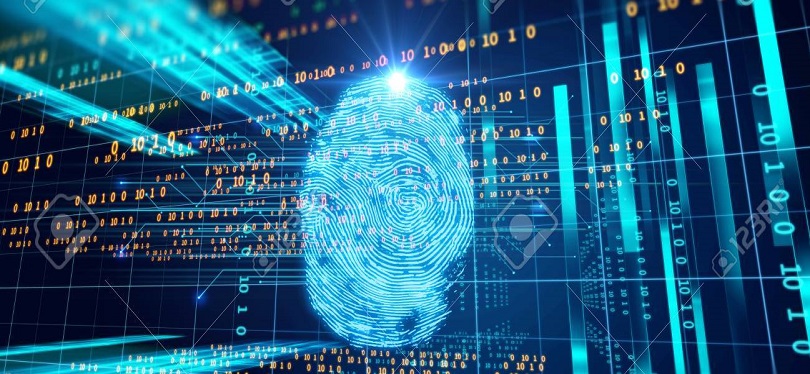From the comfort of your home to the business relationship with the bank

Due to the global COVID-19 pandemic, a state of emergency was declared in Serbia on March 15, 2020. Restrictions are in place on the movement of people in order to curb the spread of the virus and flatten the curve. Given that COVID-19 spreads from person-to-person, the only measure of protection is to avoid social contact. As of March 16, teaching at schools and universities has been suspended and kindergartens closed. That said, some institutions remain open, such as courts, municipal authorities, notaries public, banks and other financial institutions all with the aim of keeping the cogs of business turning. Against that background, day-to-day operations at banks have had to adapt and introduce measures to reduce the risk of contagion.
Legal framework
Serbia’s central bank – the National bank of Serbia (“NBS”), by the powers vested in it under the Anti-Money Laundering and Counter Terrorist Financing Act, adopted the Decision on Remote e-Identity Verification (“Decision”). This is significant because for the first time in Serbia and in the region a legal framework has been put around the procedure of video identification i.e. identifying and verifying the identity of an individual through a real-time video link (“procedure”). Now clients can have their identity verified from the comfort of their own home without ever setting foot in a bank or other financial institution, safe in the knowledge that their personal details are secure. This move is a continuation of the NBS drive to digitize financial services and enhance doing business in Serbia, which comes on the of enactment of the Consumer Protection in Financial Services Act concerning remote contracting i.e. online contracts with banks and other financial institutions, and following the launch in record time of an instant payment system, allowing for payments 24/7/365. Therefore, all financial services business can be transacted remotely or online.
Main purpose of the procedure
The procedure is geared towards people who want to save time and money, but above all, it could prove to be a great tool in the fight against coronavirus. Namely, the client would be able to use any electronic device with a camera (computer, tablet, mobile phone), with no additional investment needed, not even an ID card reader. The pertinent point here is that every step of the procedure can be done remotely. Therefore, the procedure does not have a specific target group, rather it’s a tool for all citizens that allows people to do business with a financial institution in in a fast, simple and secure manner, without queuing in a crowded space, all from the comfort of their own home. Furthermore, the expectation is that financial institutions will roll this service out post haste given its usefulness in curbing the spread of COVID-19. The procedure is an alternative to verifying identify in-person or using a customer’s ID card or other identity document. In short, banks and other financial institutions can sign up new customers remotely irrespective of the business at hand (whether opening an account, issuing a card, taking deposits, electronic money, insurance, leasing, voluntary pension funds). The procedure is concerned exclusively with client identification.
The procedure and client permission
The procedure has four phases:
- Identification of identity document;
- Identifying and verifying the client’s identity;
- Obtaining documents;
- Recording the procedure and saving the recording.
Prior to initiating the procedure, the bank must obtain the client’s permission to proceed, and in particular to record the image and sound, as well as to store the recorded material. This permission must be video-audio recorded. The bank must inform the client about the permission required and the recording. Video identification will be done using technical equipment that must meet the prescribed procedure security and data protection requirements. These requirements relate to the continuous transmission of high-quality image and sound, full encryption of communication between the client and the financial institution (end-to-end encryption), the connection to the source of the precise time and the recording of the procedure. Financial institutions will have to prove to the National Bank of Serbia by way of the appropriate documentation that the equipment they use meets all technical requirements. In addition, a list of financial institutions that meet the procedure’s requirements will be published on the NBS website so members of the public can see the list of procedure-authorized financial institutions. So far, only Raiffeisen Bank a.d. Beograd has submitted a notice and proper documentation proving that it qualifies to provide the service.
Benefits of the procedure
The key benefit is the fingertip accessibility of the procedure. Another benefit is the fact that the whole procedure is conducted remotely e.g. from the comfort of your home. Finally, in these testing times of COVID-19, you can stay at home, go about your business from your couch, and do your bit to flatten the curve.
For more information, please contact us via covid19@geciclaw.com




